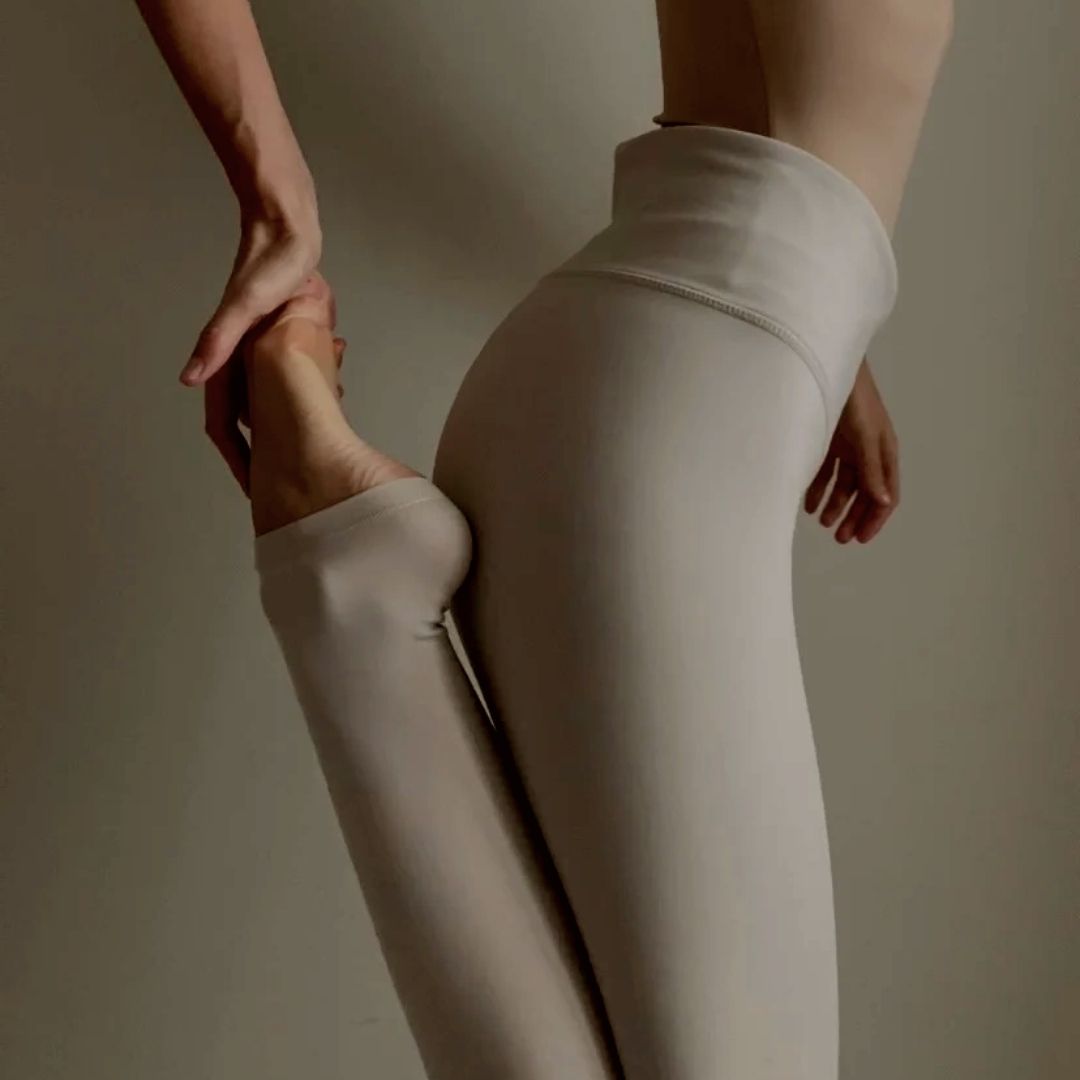Here Are the Do’s and Don’ts from Dr. Jonathan Shaw, Local Hip and Knee Surgeon at Palm Beach Orthopaedic Institute
By Gianna Picard

Some users on TikTok claim that hip stretches can help release built-up trauma and improve overall well-being. Well, different types of hip stretches have various benefits for the body – this is if you’re doing them right! Thankfully, Dr. Jonathan Shaw, a local orthopedic surgeon who specializes in hip and knee conditions at the Palm Beach Orthopaedic Institute, is sharing his expert insights on the TikTok trend – stretches involving hip flexors, how to properly perform these stretches, and what effect each has on the body. Dr. Shaw has listed out some of the popular stretches below with some “Do’s” and “Don’t’s”.
Dynamic Hip Stretches: These particular stretches involve repetitive movements that gradually increase the range of motion in your hips. Dynamic hip stretches are great for warming up before a workout and improving both mobility and flexibility. Examples include:
- Walking Lunges
- Do: Pay attention to form, ensuring your back is straight with your knee centered over the foot. Also, maintain an upright posture by engaging your core muscles.
- Don’t: Let your knees go past your toes when engaging in this stretch. Poor form will increase the likelihood of your hips dropping too low and can result in discomfort.
- Hip Circles
- Do: Stand with your feet in alignment with your shoulders, flex your core, and rotate your hips in a circular motion. Start with small circles and make them bigger gradually. If pain occurs when progressing, then it is highly encouraged to stop.
- Don’t: Overstretch during rotational movements. Overstretching is likely to occur for those who have tight hips. This can lead to torn muscles and further damage.
- Butterfly Stretch
- Do: Sit on the floor with the heels of your feet touching each other and stabilize yourself with your legs and hip bones. Make sure your spine is straight and your chin is tucked in. Inhale to elongate your spine and exhale your body down, touching your head to your feet.
- Don’t: Force your knees to touch the ground, bounce your knees excessively, put tension on the lower back by arching, or push against your existing range of motion.
Hip Flexor Stretches: Especially useful for those who spend long hours sitting, these stretches help relieve tightness and discomfort in the hip flexor muscles. Examples include:
- Kneeling Hip Flexor Stretch
- Do: Kneel on the knee you feel comfortable stretching on and put the other leg straight in front of you. Keeping your back straight, slowly push your hips forward until you feel the tension in your hip flexors being released from the knee that is on the ground.
- Don’t: Arch your lower back and allow the pelvis to become unstable. Arching your back will not properly carry out the stretch, leaving the hip flexors unaffected and instead creating pressure on the lower back.
- Pigeon Pose – a yoga pose for hip flexibility
- Do: Begin in a downward-facing dog position and shift your weight forward, bringing your right knee toward your right wrist. Slide your right foot towards the left and flex your right toes. Slide your left leg backward, extending it straight. Ensure your hips are parallel to each other and are facing to the front.
- Don’t: Force your hips too far forward or allow your front knee to rotate out to the side. Pushing the hips too far forward can result in straining the hip joint and excessive pain.
Hip Stretches for Arthritis: Gentle stretches can help maintain range of motion and reduce pain for those with hip arthritis. Types of stretches:
- Sidelying Hip Abduction
- Do: Lie on the uninvolved side, with your lower knee bent for stability. Keep the knee straight on the involved leg, lifting the leg upward. Return to the start position and repeat.
- Don’t: Lean forward or backward. Instead, maintain an upright posture.
- Knee to Chest
- Do: Lay down on your back and pull one knee to your chest, slowly. Hold the position for a few seconds and then switch legs.
- Don’t: Pull your knee aggressively or quickly towards your chest. Doing so can result in pinching within the hip joint.
Dr. Shaw emphasizes that both static and dynamic stretching can be highly beneficial for the body. Understanding the benefits of stretches that you can hold and stretches through movement can help you choose the best approach for your needs.

